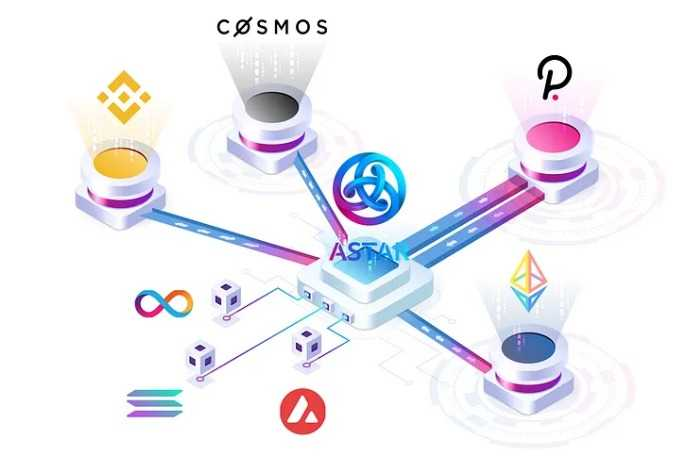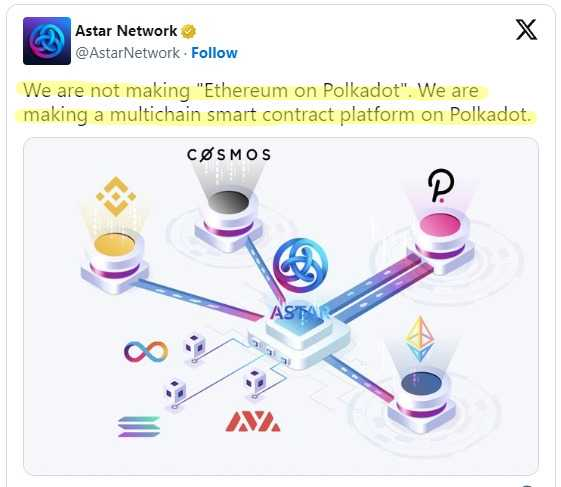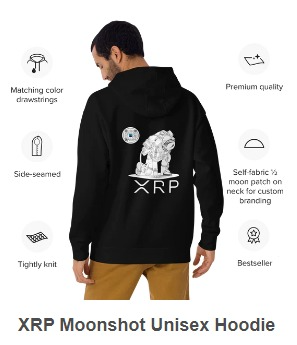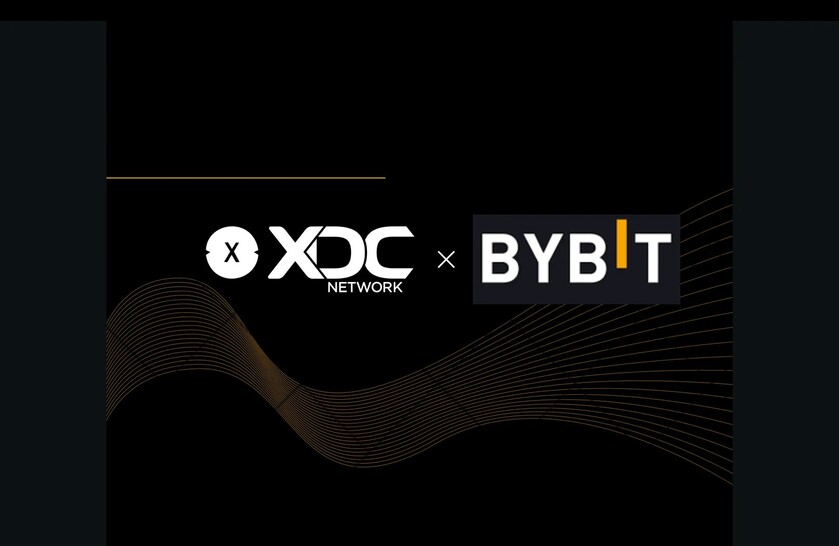In the rapidly evolving landscape of blockchain technology, two notable projects, Astar Network and Chainlink, have emerged with distinct yet complementary objectives.
Astar Network, formerly known as Plasm Network, positions itself as a multi-chain platform designed to foster interoperability among various blockchains, including Ethereum, Polkadot and Polygon.
On the other hand, Chainlink has gained prominence as a decentralized oracle network, providing a crucial bridge between smart contracts and real-world data.
This post aims to delve into the unique features and functions of each project, highlighting how Astar Network's focus on multi-chain interoperability aligns with Chainlink's specialization in decentralized oracles.
Understanding these key attributes illuminates the diverse roles these platforms play in shaping the decentralized landscape and contributing to the broader blockchain ecosystem.
Astar Network:
Multi-Chain Platform:
- Astar Network is designed to be a multi-chain platform, supporting various blockchains such as Ethereum and Polkadot. This multi-chain approach allows for greater flexibility and interoperability in the blockchain ecosystem.
Interoperability:
- A core focus of Astar Network is to facilitate interoperability between different blockchains. This means that assets and data can be transferred and shared seamlessly across multiple blockchains within the Astar ecosystem.
Polkadot Substrate Framework:
- Astar Network is built using the Polkadot Substrate framework. This choice provides compatibility with the Polkadot network, enabling it to participate in the broader Polkadot ecosystem and connect with other parachains.
Chainlink:
Decentralized Oracle Network:
- Chainlink is primarily known for its role as a decentralized oracle network. Oracles are essential for smart contracts to access real-world data, such as prices, events, and information not native to the blockchain. Chainlink's decentralized oracles ensure the security and reliability of this external data.
Middleware Layer:
- Chainlink acts as a middleware layer that bridges the gap between smart contracts and the outside world. It enables smart contracts to interact with external APIs, data sources, and payment systems securely, maintaining the decentralized nature of blockchain technology.
Token (LINK):
- Chainlink has its native utility token called LINK, which is used to pay node operators (oracles) for their services. LINK also plays a role in securing the network through staking, adding an additional layer of security and incentive for participants.
Comparison:
Use Case:
- Astar Network focuses on providing a platform for multi-chain applications and interoperability.
- Chainlink specializes in decentralized oracles, enhancing the capabilities of smart contracts by enabling them to access and use real-world data.
Integration:
- Astar Network integrates with different blockchains, connecting them within its ecosystem.
- Chainlink integrates with smart contracts, providing them with access to external data.
Ecosystem Participation:
- Astar Network is part of the Polkadot ecosystem, leveraging the capabilities of the Polkadot network.
- Chainlink operates as a standalone decentralized oracle network, serving various blockchain ecosystems.
Astar Websites of interest:
Conclusion:
In the intricate tapestry of blockchain innovation, Astar Network and Chainlink emerge as pivotal players, each carving a niche that contributes uniquely to the decentralized landscape. Astar Network's emphasis on building a multi-chain platform underscores the importance of interoperability, envisioning a future where diverse blockchains seamlessly communicate and collaborate. This approach not only enhances scalability but also fosters a holistic and interconnected blockchain ecosystem.
Complementing this vision is Chainlink's specialized role in providing decentralized oracle services, a critical component in enabling smart contracts to bridge the gap between the virtual realm and real-world data. By facilitating secure and reliable access to external information, Chainlink empowers smart contracts to execute complex functions based on real-time, dynamic data— a capability that is indispensable for the broader adoption and utility of decentralized applications.
The synergy between Astar Network and Chainlink becomes apparent when considering the comprehensive needs of the decentralized ecosystem. Astar's multi-chain architecture provides the infrastructure for diverse blockchains to coexist and collaborate, while Chainlink's decentralized oracles enrich the functionality of smart contracts with timely and accurate external data. Together, they form a symbiotic relationship, addressing different facets of the complex requirements within the blockchain space.
As blockchain technology continues to mature, the collaboration between projects like Astar Network and Chainlink exemplifies the cooperative spirit driving innovation. Astar's commitment to interoperability and Chainlink's dedication to reliable data services showcase how a diversified ecosystem, composed of specialized platforms, can collectively propel the broader adoption and evolution of decentralized technologies. In essence, Astar and Chainlink, each playing their distinctive roles, contribute harmoniously to the multifaceted and ever-expanding realm of blockchain possibilities.
Authored by: The Dinarian, a locals perspective
If you've found value and enjoyment in this post, you're in for a treat! Dive deeper into engaging discussions, discover fresh perspectives, and join a vibrant community by becoming a part of our locals community blog.
Our platform, hosted at https://thedinarian.locals.com/, is a digital haven where enthusiasts, like-minded individuals, and curious minds converge to explore a myriad of topics, ranging from the latest developments in various industries to thought-provoking insights that spark meaningful conversations.
Join the Conversation:
Diverse Perspectives:
- Our community embraces diverse perspectives, ensuring that every voice has a place. Engage with a spectrum of opinions, experiences, and ideas that enrich the discourse on topics that matter.
Exclusive Content:
- By joining our locals community blog, you gain access to exclusive content that goes beyond the surface. Delve into thoughtfully curated articles, analyses, and discussions that aren't readily available elsewhere.
Connect with Like-Minded Individuals:
- Forge connections with individuals who share your interests, whether it's in finance, technology, culture, or beyond. Our community is a melting pot of diverse passions and expertise.
How to Join:
Becoming a part of our locals community is easy. Head over to https://thedinarian.locals.com/, where you can register and start exploring the diverse array of content and discussions waiting for you.





























